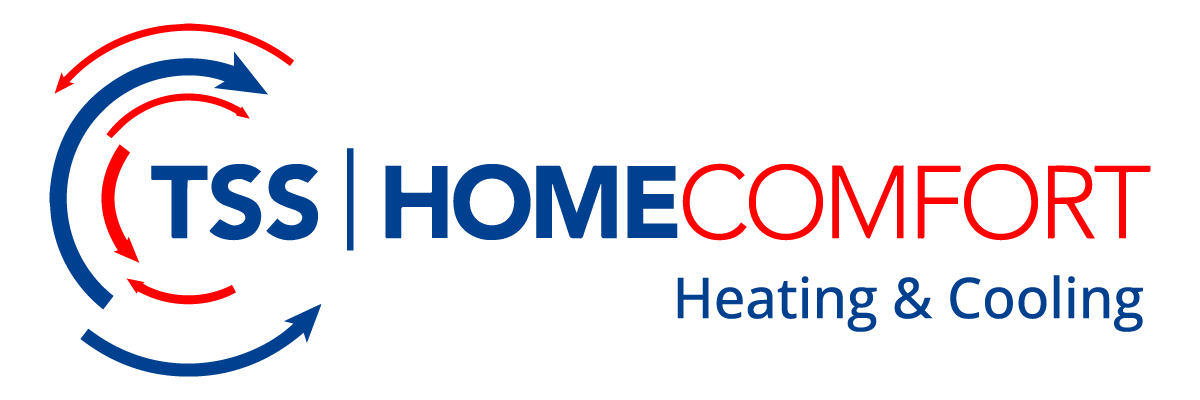SEEKING IMMEDIATE FURNACE TUNE-UP IN BOISE, ID? LET OUR EXPERTS TAKE CARE OF IT FOR YOU.





24/7 Emergency Service for the Entire Treasure Valley Area
WITH TSS
YOU GET...
As the temperatures in Boise, ID begin their descent, ensuring the optimal performance of your furnace becomes paramount for a warm and comfortable home. TSS Home Comfort specializes in comprehensive furnace tune-up services, delivering the care and expertise necessary for your heating system to operate efficiently and reliably throughout the colder months. With our transparent pricing, expect exceptional service without unexpected costs.
EXPERT TECHS
LOCAL SERVICE
PRACTICAL SOLUTIONS
GREAT VALUE
Reach out to TSS Home Comfort now—our team is ready to
restore warmth to your home. Contact us or call us at 208-908-4330.
Why Are Furnace Tune-Ups Are Essential? Regular Furnace Tune-ups are Critical For Several Reasons:
Enhanced Efficiency
A well-maintained furnace operates more efficiently, leading to reduced energy bills.
Improved Safety
Regular tune-ups identify and resolve safety issues, such as gas leaks or electrical problems.
Extended Lifespan
Maintenance can prolong the life of your furnace by preventing wear and tear.
Reliable Performance
With regular tune-ups, you can depend on your furnace to provide consistent warmth throughout winter.
Prevention of Breakdowns
Routine maintenance reduces the likelihood of unexpected furnace malfunctions.
Our Furnace
Tune-Up Process
At TSS Home Comfort, our comprehensive furnace tune-up process ensures your heating system is thoroughly inspected, cleaned, and adjusted for optimal performance.
Detailed Inspection: Our technicians conduct a thorough inspection, checking the heat exchanger, blower motor, furnace flame, and ensuring safety controls function correctly.
Cleaning and Maintenance: We clean vital components, including the burner, flame sensor, and blower motor, improving efficiency and extending component lifespan.
Calibration: Our service includes calibrating your thermostat and furnace controls for accurate temperature settings and optimal furnace operation.
Lubrication: All moving parts are lubricated to reduce friction, decreasing energy consumption and preventing wear and tear.
Filter Replacement: A clean filter improves air quality and furnace efficiency, making it a crucial part of our tune-up service.
Final System Test: After maintenance, we conduct a final system test to ensure safe and efficient furnace operation.
Why Choose TSS Home Comfort?
Experienced Technicians: Our highly trained professionals are dedicated to delivering top-quality furnace maintenance services.
Straightforward Pricing: Clear, upfront pricing ensures no surprises on your final bill.
Commitment to Quality: We use the latest tools and techniques to ensure your furnace is in excellent condition.
Personalized Service: Tailored services meet your specific needs, ensuring optimal performance from your heating system.
Customer Satisfaction: Our goal is complete customer satisfaction, striving to exceed your expectations.
TSS Home Comfort proudly serves Boise and its surrounding areas, offering reliable and efficient furnace tune-up services. Our understanding of the local climate and heating needs enables us to provide solutions addressing specific challenges faced by homeowners in the area.
Whether you need a routine furnace tune-up or more comprehensive maintenance, our team is ready to provide the expert service you need.
For professional furnace tune-up services in Boise, ID, trust the experts at TSS Home Comfort. Committed to keeping your home warm and comfortable throughout the winter, contact us or call us at 208-908-4330 today to schedule a service or discuss your furnace maintenance needs.
Great Company. Great Employees.
I know this is a long review but to give a short review without details wouldn't be fair to TSS or their employees.
Greg did a great job with the AC maintenance as well. He has a great personal memory and even remembered the names of our cats!
Reach out to TSS Home Comfort now—our team is ready to
restore warmth to your home. Contact us or call us at 208-908-4330.

